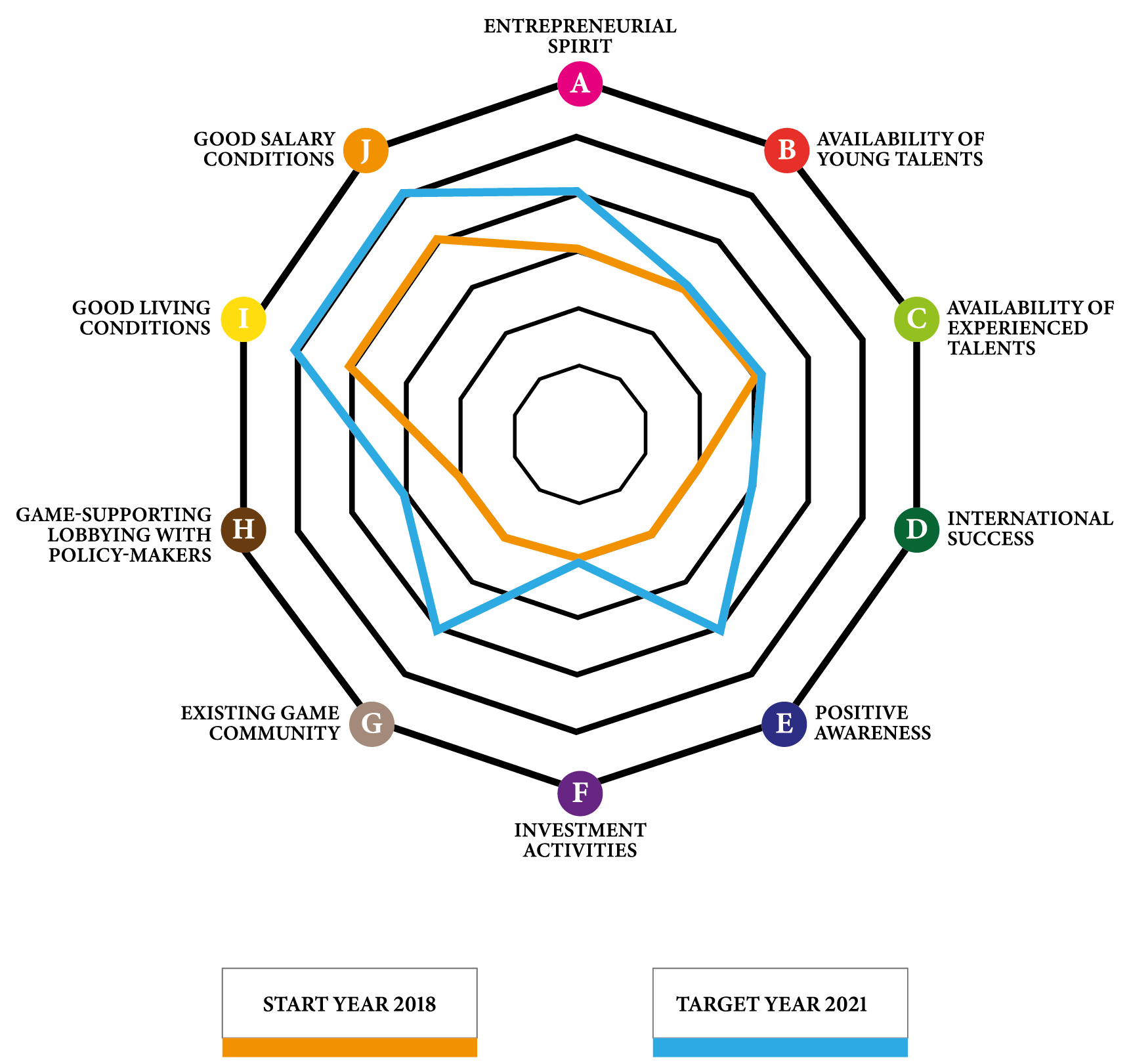Quality of Location and Living Conditions Estonia
Tartu is a true student town and home to Estonia’s oldest university. Its academic atmosphere and high concentration of bright minds makes it a center for innovation and entrepreneurship. With a safe and tolerant environment, the city takes pride in its urban greenery, easy transit and excellent healthcare, all contributing to a high quality of life at a reasonable cost.
Living conditions
The cost of life in Estonia is relatively low, especially when compared with neighbouring Finland and Sweden. Rent for a 45sqm apartment is approximately 400 €. The utilities for such an apartment (electricity, heating, water, garbage) would amount to around 100-120 € per month.
More information can be found at the following websites:
Expatistan
Teleport
According to Statistics Estonia, in 2017, the average monthly gross income per employee was 1,155 €. The gross income increased 7.6% compared to 2016; growth was the fastest (8.6%) in the age group of young people (aged under 25).
Quality of life
Child care
Pre-school education in Estonia is for children aged between 18 months and 7 years, through a variety of local authorities and private establishments. If you choose, your child can stay at home until compulsory education begins at age 7. There are two types of kindergartens in Estonia – municipal (93%) and private (7%). In municipal kindergartens, you’ll pay a small tuition fee and the cost of meals. In private kindergartens, the fee is much higher and additional admission conditions can apply.
As a parent, you are free to choose a suitable kindergarten for your child. In most kindergartens, Estonian is the language of instruction, but there are also Russian kindergartens where Estonian is taught. In addition, there are three international kindergartens and pre-schools in Tallinn and one in Tartu, all of them privately owned. On average, parents are entitled to 35 hours weekly formal care.
Healthcare
With regards to health care, Tartu or Estonia in general has 2.31 medical doctors per 1,000 citizens.
Safety
In terms of safety, of the 5920 crimes and offences, 0.8% were life-threatening or sexual attacks. Most are financially motivated crimes (over 60%), and roughly 10% are (physical) crimes against people.
Transport
Estonia has 2 airports in Tallinn and Tartu with an average of 25 direct passenger flights to other cities on a daily basis.
Trains in Estonia are run by Elron (domestic services) and GoRail (services to destinations in Russia). The tickets can be bought online, at relevant train stations or through an agent. Tickets can also often be bought on the train (sometimes only with bank cards).Public transport within Tallinn is free for Tallinn residents. An express train from Tallinn to Tartu takes just over two hours and costs around 10 euros. Brand new Swiss-built trains with free Wi-Fi make your travel a pleasant and comfortable.
In Estonia, each municipal area has their own bus service. There is no standard or regulated meter rate in Estonia for taxis. You need to order a taxi or choose one from a rank, rather than hail it from the street. You can choose any available taxi from the rank, and don’t have to pick the first one from the line. You can also use an app like Taxify to find taxis in the vicinity.
Demographics
Estonia has an estimated population of 1.31 million in 2018, down slightly from the 2011 census figure of 1.29 million. Estonia is very sparsely populated with 29 people per square kilometer (75/square mile), which ranks 181st in the world.
Tallinn is the largest city and capital with almost 395,000 people. The next largest city is Tartu with 97,000 people.
Estonians are Finnic people who speak Estonian, which is closely related to Finnish. The ethnic breakdown is currently 69% Estonian, 25% Russian, 2% Ukranian, 1% Belarusians, 0.8% Finns and 1.6% other. Estonia’s population growth is stagnant and expected to continue to decline. Its population today is about 1.28 million expected to drop to 1.1 million by 2030 and to 860,000 by 2060. Estonia was recently ranked as the 23rd fastest-shrinking country in the world with a 2050 population forecast at 1.22 million, a decline of more than 8%.
______________________
Status: 2020



